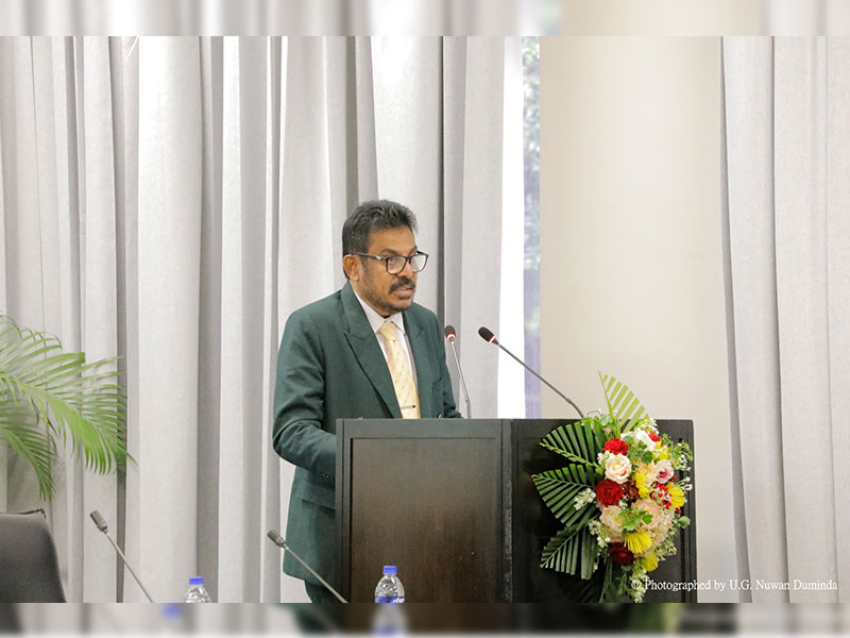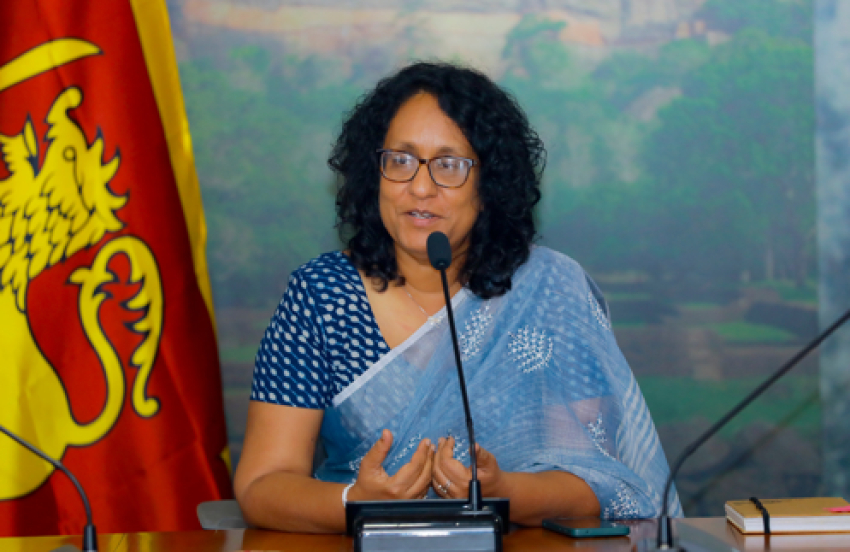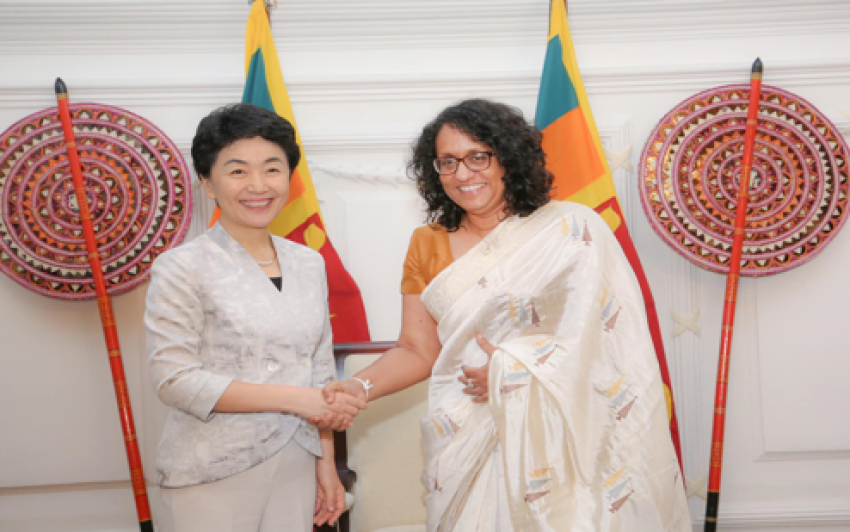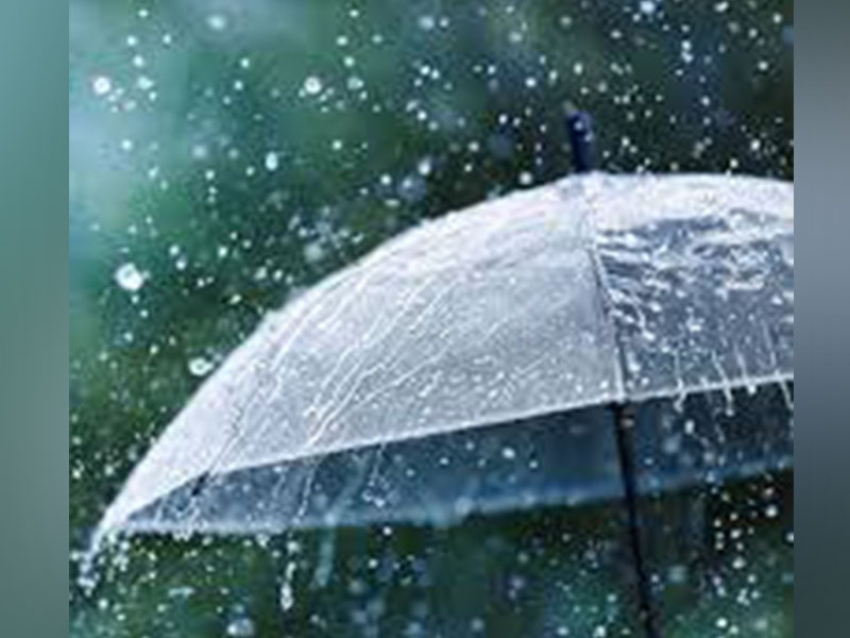Between October 2011 and November 2017, at least 259 people died taking selfies around the globe, according to India’s Journal of Family Medicine and Primary Care, compared to just 50 people killed by sharks in the same period. While women take the most selfies, young men, who are more prone to take risks, make up three quarters of the selfie deaths -- in drownings, crashes, falls or shooting accidents.
India, with a population of more than 1.3 billion and 800 million cell phones, holds the record for the number of people dying in the act of photographing themselves, with 159 recorded so far. That is more than half of the global total -- and a testament of sorts to the nation’s love of group photos and its youthful population. India has seen selfie-snapping groups of youths die when they were hit by a train or drowning when their boat sank at the moment they were clicking the shutter.
The situation has become so dire that India has set up “no selfie” zones -- 16 of them in the city of Mumbai alone. The country came in far ahead of Russia (16 deaths), the United States (14) and Pakistan. In Russia, people have fallen from bridges and high-rise buildings, shot themselves or even died while handling a land mine. Police issued a guide to “selfies without danger” in 2015.
In the United States, most of those involved in selfie deaths fatally shot themselves while seeking the perfect pose. A number of people have fallen to their deaths at the Grand Canyon. Rescue services in Croatia used Twitter to ask tourists to “stop taking stupid and dangerous selfies” after a Canadian miraculously survived a 75-meter (250-foot) fall in the Plitvice lakes region.
In January, Taiwanese social media celebrity Gigi Wu -- known as the “Bikini Climber” for taking selfies on top of mountain peaks dressed in a bikini -- died when she fell into a ravine. She was 36. Even when they are not fatal, selfies can be extremely macabre. In 2014, a Brazilian woman sparked rage online when she took a smiling selfie in front of the coffin of presidential candidate Eduardo Campos at his funeral.
Social media influencer Sueli Toledo also caused a stir online when she posted a picture on Instagram with the caption, “My look today for the funeral of a super friend.” Selfies in places deemed sacred or hallowed -- especially when they honor the dead -- can also raise questions. - AFP




















